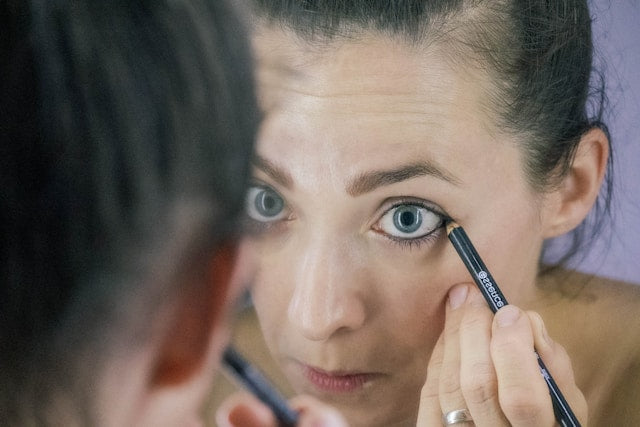
Hazardous chemicals found in cosmetic products
On 30 October 2024, the European Chemicals Agency (ECHA) announced that a pilot enforcement project revealed that 6% of cosmetic products contain hazardous substances banned under the Persistent Organic Pollutants (POP) and REACH (Registration, Evaluation, Authorisation and Restriction of Chemicals) Regulations.
National enforcement authorities in 13 European Economic Area (EEA) countries have checked nearly 4,500 cosmetic products, mainly looking at the list of ingredients, for the presence of perfluorooctanoic acid (PFOA), long-chain perfluorocarboxylic acids (PFCA) and related substances, and cyclic siloxanes D4 and D5.
The authorities found that 285 of the cosmetic products tested contained hazardous chemicals whose use is prohibited in these products.
The following were found:
∙ Perfluoronyl dimethicone
∙ Perfluorooctylethyl triethoxysilane
∙ Perfluorononylethyl carboxydecyl PEG-10 dimethicone; and
∙ Cyclopentasiloxane (D5), cyclomethicone (mixture of D4, D5 and D6), cyclotetrasiloxane (D4).
These substances are not permitted in cosmetics because they have been identified as persistent organic pollutants (POPs) or (very) persistent, (very) bioaccumulative and toxic (PBT/vPvB) that adversely affect human health and the environment. Their use is prohibited under the Stockholm Convention on POPs or restricted under REACH.
Regulation
Based on national experience, perfluorononyl dimethicone is found mainly in eyeliners and lip pencils, in pencil or crayon form. D4 and D5 have been found in hair conditioners and hair masks. Perfluorononyl dimethicone breaks down to PFOA and long-chain perfluorocarboxylic acids. PFOA and the siloxanes, D4 and D5, break down slowly in the environment and accumulate in the human body and other species. PFOA is not only persistent in the environment, but also toxic to reproduction and is suspected of causing cancer. D4 is also suspected of damaging fertility.
Actions by the authorities
Checks are mainly carried out by checking the list of ingredients - measures that can also be easily used by consumers. Consumers should be aware that the restricted substances are found in different types of cosmetic products, from different sellers and in all price ranges.
Law enforcement authorities have taken measures to remove non-compliant products from the market. In most cases, the first step is to issue written advice to guide suppliers on how to comply with the law. At the time of writing, investigations are still ongoing in about half of the cases.
Source
∙ Hazardous chemicals found in cosmetic products, ECHA/NR/24/28, 30 October 2024.
